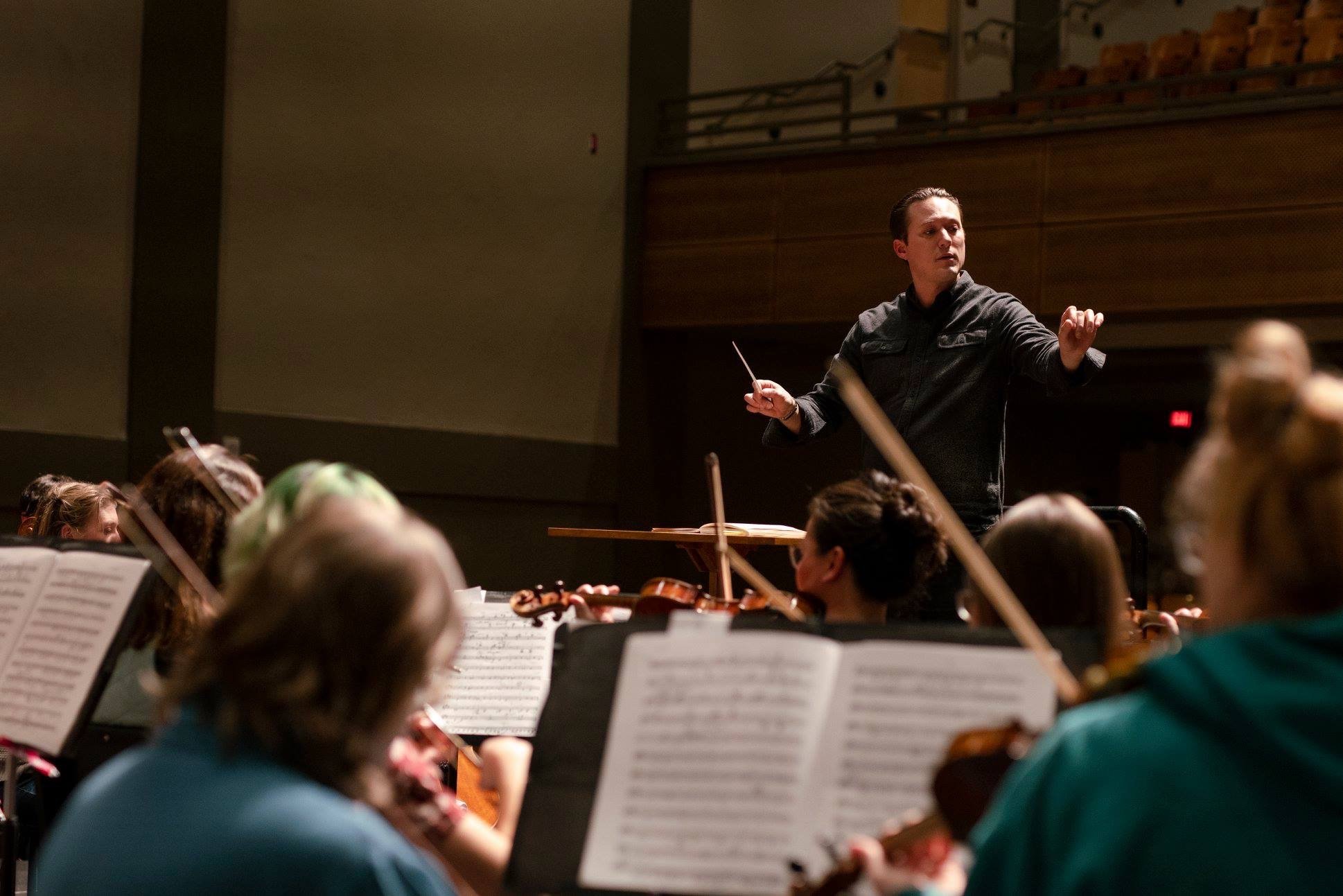The Great Return
In March 2020, I received a phone call from American composer John Hennecken asking if I was interested in commissioning a new symphonic work. John's idea was to compose a new symphony that chronicled the global crisis of the pandemic from the foreboding sense that the virus would forever change our lives to the triumphant return to life with family, friends, and of course, in-person cultural events.
John and I met in October 2017 when I was guest conducting the Augusta Symphony Orchestra in a program that included one of his works, Symphony for the Garden City. I was exceptionally impressed with his compositional writing, technique, orchestration, sense of form, balance, etc. The thought of spearheading a major new work of art — at a time when all art and culture had come to a standstill — was not just appealing but, in many ways, therapeutic. Furthermore, the idea of creating a work that everyone on the planet could relate to was also a significant draw for me to give the green light to commission Hennecken's Symphony for the Great Return.
The first movement, called "Dark Spring Horizon," expresses the foreboding sense that we all felt in early 2020 about how our lives were about to change. It is relentless, impulsive, and anxious. The swells in the low register instruments suggest a growing fear about what will come. When our fears about what the virus means for our lives reach their zenith, the work plunges — without pause — into the 2nd movement called "Windows." The music reflects the great distances separating us when we all retreated to our homes. Many of us only saw the world through the windows of our dwellings, computer screens, and televisions. John's use of solo violin accompanied by timpani reflects what came to be called Social Distancing. But as the music evolves, "Windows" becomes a musical offering — an elegy of sorts — for those who made severe sacrifices, those who suffered the effects of isolation, put themselves in harm's way for the greater good, and particularly for those who lost loved ones or their own lives. The slowdown of life and travel is reflected in the music by techniques from the distant past, including the use of a rhythm from the 1500s and the oppressive tonality of F minor that begins and ends the movement, symbolizing the inability to move forward or escape.
John began composing the finale, "The Great Return," in June of 2020. While the struggle against the virus was far from over, protesters had taken to the streets in many cities to demand racial equality in the wake of the murder of George Floyd. As a symphony chronicling this period in our history, John included a musical response to the murder that sparked the largest racial justice protests in the United States since the Civil Rights Movement by incorporating a variation on the climax of George Walker's Lyric for Strings at the beginning of the third movement. (It is for this reason that Walker's Lyric for Strings will precede our World Premiere performance of Hennecken's Symphony for the Great Return). As The Great Return unfolds, an incredible sense of transformation begins. Somehow, John manages to infuse the music with life-affirming sonorities that build further and further, creating a sort of cathedral of sound that culminates in what seems to be a hymn to the human spirit. It is only when we reach the musical summit that we are able to look back at the journey of strife that we have endured for over two years. Feelings of gratitude for art, music, fellowship, culture, love, etc., flood our souls, and somehow, despite all of the hardship, we are overcome with joy to be here.
Each time I open my score to Hennecken's Symphony for the Great Return, I ask myself: How did John know how to do this? How did he get this so "right?" For the life of me, I cannot figure it out. Then I think: But, how fortunate are we to experience this work that takes us from the dark days of 2020 and lifts us — through some ineffable magical sonic architecture — to feelings of gratitude and hope for a future filled with compassion, understanding, friendship, and togetherness.
